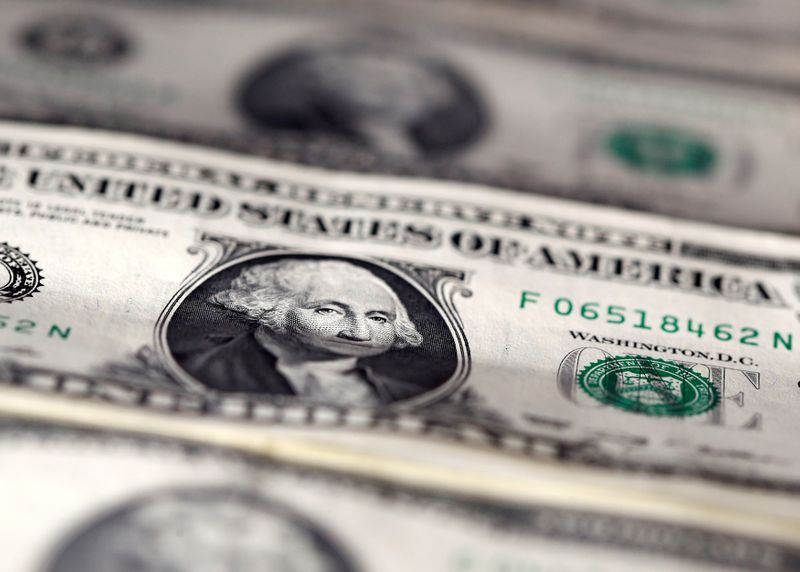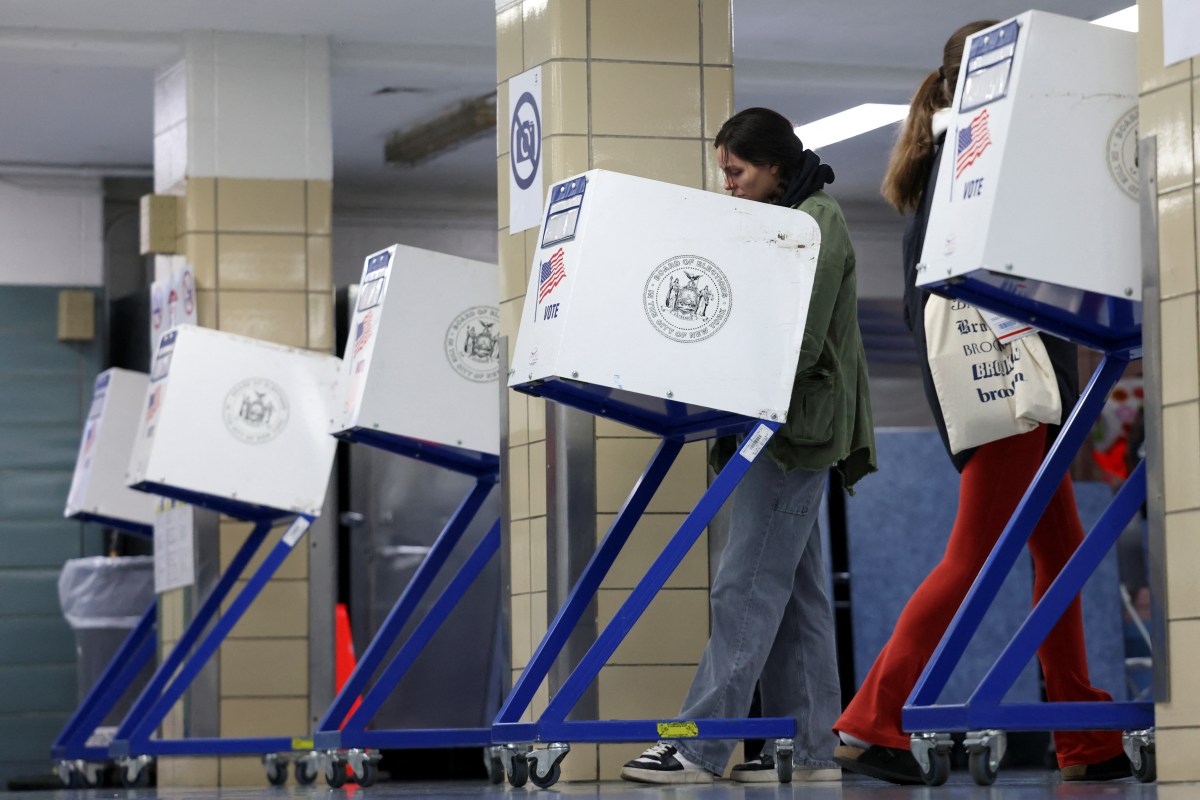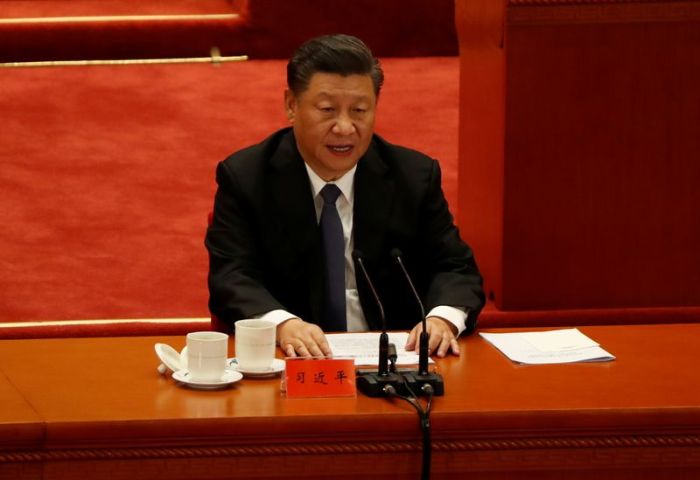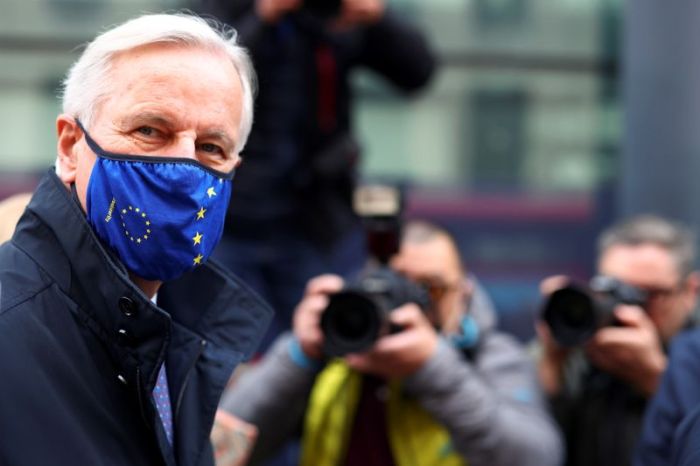NEW YORK (Reuters) – The dollar weakened slightly against a basket of major currencies on Friday amid uncertainty over a new round of stimulus ahead of the upcoming U.S. elections, with the greenback set to record a weekly decline of around 1%.
U.S. House of Representatives Speaker Nancy Pelosi said another round of COVID-19 aid was still was possible before the Nov. 3 elections, but that President Donald Trump would have to get reluctant Republicans on board if he wants a deal.
Trump and Treasury Secretary Steven Mnuchin countered that Pelosi must compromise to get an aid package, saying significant differences remained between the Republican administration and Democrats.
The market, pricing in a Biden victory, still expects a stimulus package by the end of the year, said Joe Manimbo, senior market analyst at Western Union Business Solutions.
“So risk appetite has held the upper hand this week on hopes for a bold stimulus and that has kept the dollar on its back foot,” he said.
The dollar index <=USD> was last down 0.23%, or 1% for the week.
Trump and Democratic challenger Joe Biden squared off on Friday in a less raucous debate than their previous meeting, but tensions were high, with a focus on the handling of the COVID-19 pandemic and plenty of personal attacks thrown into the mix.
The dollar is likely to be stuck in a holding pattern in the near term, given the risk that the election could be contested, and as the market waits for clarity on the fiscal aid package, said Boris Schlossberg, managing director of FX strategy at BK Asset Management.
In Europe, business surveys in France and Germany showed the impact of the second wave of COVID-19 infections in the euro zone’s two biggest economies, threatening to derail the bloc’s nascent recovery.
Despite the data, the euro <EUR=> edged higher 0.34% against the greenback to $1.1859.
“The bet here seems to be that growth returns with a vengeance in 2021, so you get these risk-on flows and that’s why the dollar remains relatively weak, and that’s why the euro, despite all the problems in Europe, the millions of COVID cases in Spain and in France, refuses to really collapse,” said Schlossberg.
The euro also firmed after Reuters reported that France was laying the groundwork for a fisheries compromise to help the European Union strike a Brexit deal with Britain.
Sterling initially rose on the report, before giving back its gains, highlighting the headline risk to the currency around Brexit developments. The pound was last down 0.37% at 1.3033 against the dollar.
Elsewhere, the safe-haven yen <JPY=D3> dipped 0.12% to 104.725 per dollar, while the Chinese yuan <CNY=> ticked up 0.03% against the dollar after comments from a Chinese official suggested authorities are not too worried about its recent rise.
In the week ahead, U.S. third-quarter gross domestic product data is due on Thursday.
“The report is likely to show the steepest quarterly expansion ever as the economy reopened following lockdowns which severely restricted activity in Q2,” National Bank of Canada said in a note.
Monetary policy decisions in Japan and the Eurozone will also be in focus.
(Reporting by John McCrank; editing by Jonathan Oatis)

























